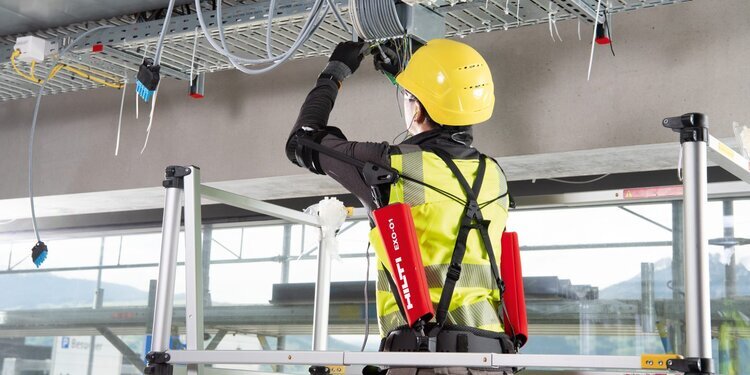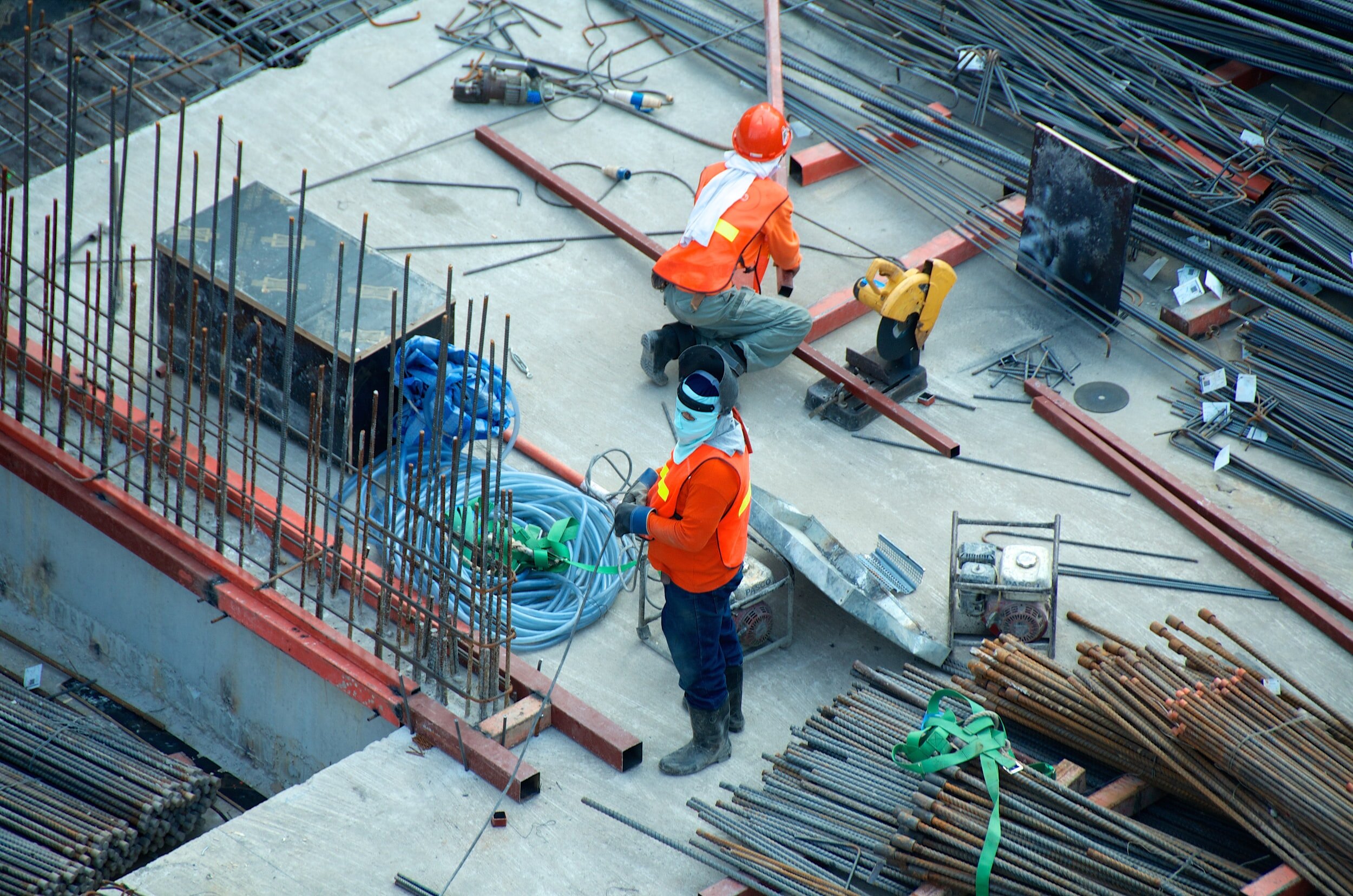3D printing technologies have significantly improved over the past few years and some have even made it to the jobsite. Not to be outdone, NASA, your favorite America space exploration organization, has announced a plan to being building and manufacturing in low-Earth orbit.
As if programming robots to build structures wasn’t hard enough on land, NASA has been lab testing 3D printing technology in conditions that mimic space. According to a recent press release, “they were able to prove the printing equipment and printed hardware can withstand the pressure, temperature, and other rigors of space” at a research facility in Silicon Valley.
The Archinaut One, as the small spacecraft is known, will be able to both manufacture and assemble spacecraft components will orbiting. NASA recently awarded $73.7 million to a company called Made in Space to make the technology a reality.
NASA has stated that they hope to have the Archinaut One launched in the next few years, but no earlier than 2022. When that launch happens, the spacecraft till be tasked with 3D printing 32 feet long beams on either side of the spacecraft. These beams will allow for additional solar arrays that will be able to generate up to 5 times as much energy as other similarly sized spacecrafts.
The potential future benefits developing this technology include the ability to construct communications antennaw, large telescopes, and other complex structures in space; eliminating volume limits imposed by rockets, and reducing risk to astronauts.
NASA believes this technology will be an important step for America’s Moon to Mars exploration in the future.
Below is an animation from NASA showing how the 3D printer will build the w beams in space:
Full Story: NASA Funds Demo of 3D-Printed Spacecraft Parts Made, Assembled in Orbit | NASA











